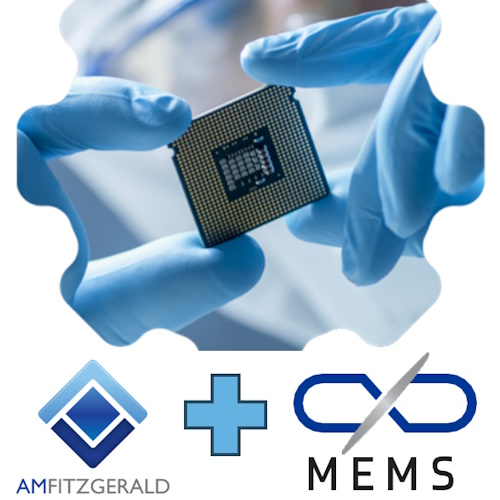Generally speaking, I tend not to be interested in business-related announcements like strategic partnerships. I can’t tell you how many over-excited emails I’ve received informing me of something vague, fluffy, and wishy-washy along the lines of two companies planning to sign a memorandum of understanding that they may or may not collaborate to investigate the possibility that… by which time my eyes have glazed over and I’m drooling and gibbering (two actions that aren’t as easy to perform simultaneously as you might think).
Of course, there’s always the exception that proves the rule. First, let’s set the scene, after which I’ll introduce you to two companies whose recently-announced strategic technical alliance have left me squirming in excitement and quivering in antici…
I was about to say, “Let’s start at the very beginning,” but just thinking those words reminded me of the classic flash mob video featuring more than 200 dancers performing their version of Do Re Mi from The Sound of Music in the Central Station of Antwerp.
I couldn’t help myself. Even though I’ve seen this video a thousand times, I had to watch it again. Watching it always brings a little smile to my face, and reading the comments always brings a little tear to my eye. So, now you can visualize me drooling and gibbering and laughing and crying, but we digress…
Our focus today is the topic of microelectromechanical systems (MEMS), which are microscopic devices incorporating both electronic and moving parts. MEMS are made up of components between 1 and 100 micrometres in size (i.e., 0.001 to 0.1mm), and MEMS devices generally range in size from 20 micrometres to a millimetre (i.e., 0.02 to 1.0mm). Having said this, MEMS components arranged in arrays (e.g., digital micromirror devices) can be more than 1000mm2.
MEMS can be used to implement an incredible range of sensors and actuators, thereby providing an awesome revenue opportunity for someone (I wish that someone were me). For example, consider the ongoing sensorization of a few key markets as illustrated below.
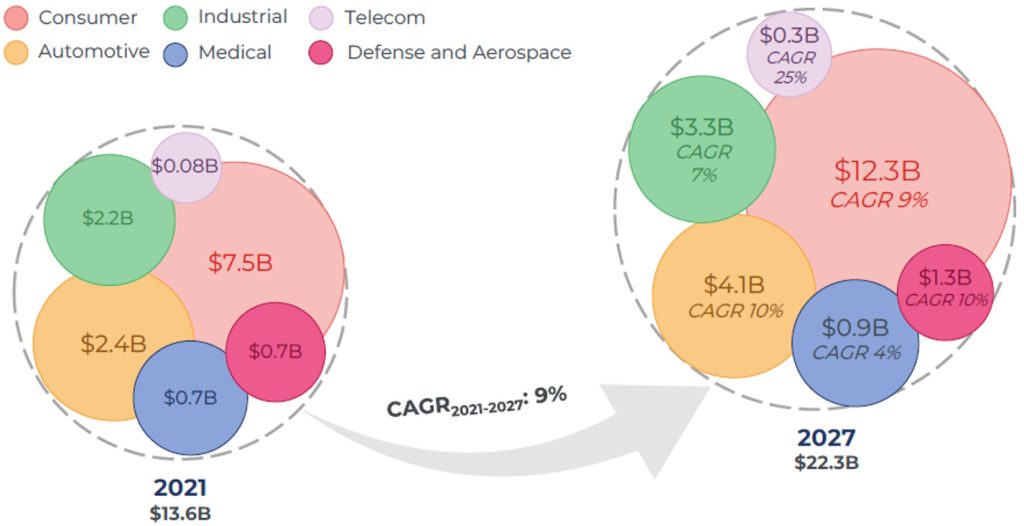
Source: Status of MEMS Industry 2022 | Product Brochure | www.yolegroup.com
The important thing to note here is that this graphic represents the revenues for only the MEMS modules themselves. These MEMS devices are destined to drive products that will generate billions or trillions of dollars in revenue.
Although most people think of MEMS as being new technology, devices based on things like capacitive comb drive MEMS architectures have been around for 20 plus years. These came out of the late 1990s when deep silicon etch was a new technology, and all of these capacitive MEMS devices depended on that etch capability to come into existence.
Over the past 10 years. We have started to see a new generation of commercial MEMS devices emerge as the scalable manufacturing of thin film piezoelectrics first became possible, and then became available in a foundry setting. In addition to completely new emerging types of actuators and sensors that are made possible by thin film piezoelectrics, we are also seeing old MEMS devices (it feels so strange saying “old” in the context of MEMS) reimagined as piezoelectric devices.
One of the main contenders in this area is lead zirconate titanate (a.k.a. lead zirconium titanate), which is commonly known as PZT ( the ‘P’ comes from “Pb,” which is the symbol for lead). This inorganic compound is a ceramic perovskite material that exhibits a marked piezoelectric effect (that is, it changes shape when an electric field is applied).
The reason I’m waffling on about all this is that I was just chatting with the folks at AMFitzgerald. Actually, when I say, “the folks,” I’m being modest (“Aw, shucks”) because I was actually chatting with the legendary Alissa Fitzgerald, PhD, herself—the Founder and Managing Member of the company.
AMFitzgerald has been in business for more than 20 years as an innovator in MEMS product design and development. The guys and gals at AMFitzgerald have served hundreds of clients worldwide, from startups with emerging technologies to large multinational enterprises. They offer both custom chip design and prototyping services based on existing technologies as well as innovating emerging technologies, like thin film piezoelectrics, for example. They even have their own Class 100 clean room in which they perform test and measurement.
Alissa tells me that they see a huge potential for PZT MEMS. In fact, they are currently seeing a surge of high-growth MEMS products adopting piezoelectric thin-films. Consider the following graphic from Yole, which indicates how different classes of MEMS devices are expected to grow in revenue in the coming years.
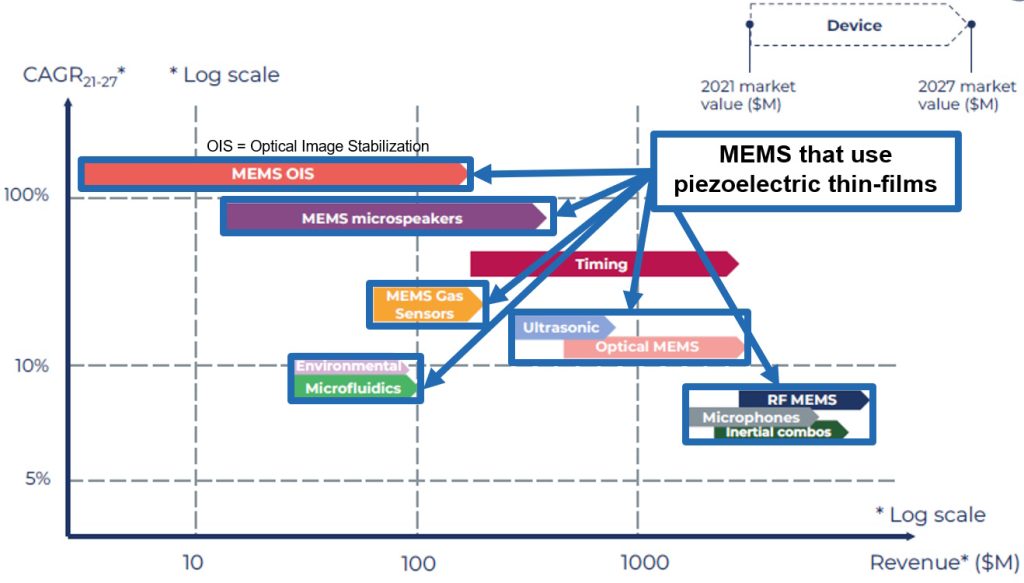
Source: Status of MEMS Industry 2022 | Product Brochure | www.yolegroup.com
Take a few seconds to consider this chart instead of letting your eyes simply slide over it. There’s a lot more information here than first meets the eye. The folks at AMFitzgerald have added overlays showing where they see MEMS using piezoelectric thin films. One of the key takeaways here is that thin film piezoelectric is a very versatile material that can be used in many types of MEMS devices.
You may be familiar with aluminum nitride, which was the first piezoelectric thin film to be commercialized in high volume. These MEMS currently make their presence felt in RF filters, oscillators, microphones, and fingerprint and touch sensors. This material is best suited for sensing and low displacement actuator applications. It’s also best suited for MEMS-CMOS monolithic integration, which is important for things like RF filters.
However, the enhanced versatility of PZT addresses many more markets spanning both sensor and high displacement actuator functions, including such applications as inkjets, autofocus, ultrasound, microphones/speakers, micromirrors, pumps/fluidics, gyroscopes, energy harvesters, and much, much more. This material is best suited for wafer-level or chip-level system electronics integration.
I know, I know… you are bouncing up and down in your seat shouting, “Where can I go to lay my hands on this marvelous MEMS material?” Ah, that’s the bad news. Take a look at the map of the world showing foundries that offer thin-film PZT for production today.
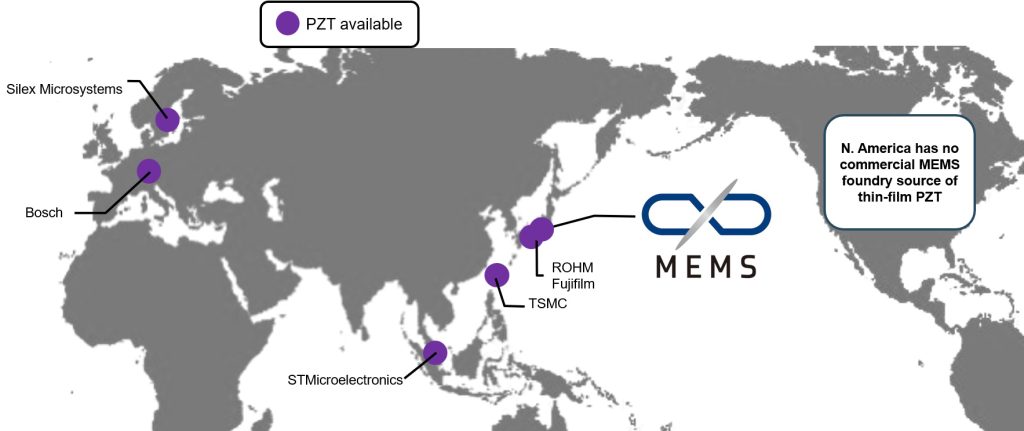
Foundries offering thin-film PZT for production today (Source: AMFitzgerald)
It’s not a big list. The largest MEMS foundries, Silex, Bosch, ST, and TSMC, offer this material. Also, there’s a cluster in Japan, of which MEMS Infinity has the largest facility. Notably, North America has no commercial MEMS foundry offering thin film PZT at the current time. As a result, AMFitzgerald has had to turn customers away over recent years for lack of domestic access (sad face).
But turn that frown upside down into a smile, because all this is about to change. MEMS Infinity is a division of Sumitomo Precision Products, which has been at the cutting edge of MEMs technology for more than 30 years. Maintaining this tradition, MEMS Infinity is at the forefront of PZT MEMS technology. The reason I’m so excited is that AMFitzgerald and MEMS Infinity have formed a strategic and technical alliance to expedite the commercialization of thin-film PZT MEMS chip technologies.
This AMFitzgerald + MEMS Infinity alliance is based on a well-proven collaborative business model that you see throughout the semiconductor industry. All the main CMOS fabs have alliances with design partners, thereby creating bridges between fabless companies and the fabs. For some reason, this model hasn’t been embraced by MEMS foundries yet. As far as I know the AMFitzgerald + MEMS Infinity alliance is the first to boast this kind of collaborative model. And the timelines shown in the image below show what they are aiming at (up to a 50% reduction from feasibility analysis to full-blown production).

The AMFitzgerald + MEMS Infinity alliance will drive changes in the MEMS ecosystem (Source: AMFitzgerald)
The AMFitzgerald + MEMS Infinity alliance will help speed innovative products to market. What’s really exciting is that these are fast-growing markets, such as autonomous transportation, whether that’s drones or autonomous vehicles that need a bevy of MEMS sensors.
Another market area that’s poised to explode is that of metaverse experiences. PZT MEMS can provide mirrors for visual systems, micro-speakers for the auditory part of the metaverse experience, and even haptic actuators to provide users with tactile sensory experiences.
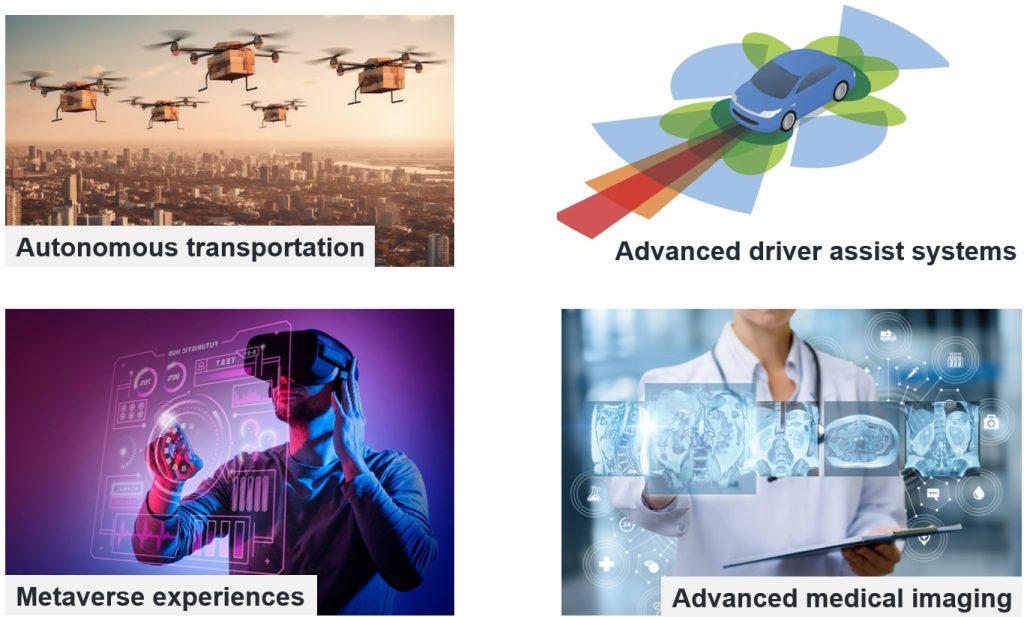
PZT MEMS products make exciting markets even more exciting (Source: AMFitzgerald)
Also, PZT MEMS are going to enable a new class of super-low-cost ultrasonic imaging devices. As Alissa told me, “You can imagine if we can wrap a layer of artificial intelligence around that, you could potentially have your smartphone give you the kind of diagnostics that we saw in a Star Trek Tricorder. As a result, even a non-experienced person will be able to perform some kind of decent medical diagnostics in the field, as opposed to today where you need to be in a clinical setting with a highly trained technician.”
As always, we certainly do live in interesting times. I’m tremendously excited about this, but it’s not all about me (it should be, but it’s not), so what do you think about all this?


